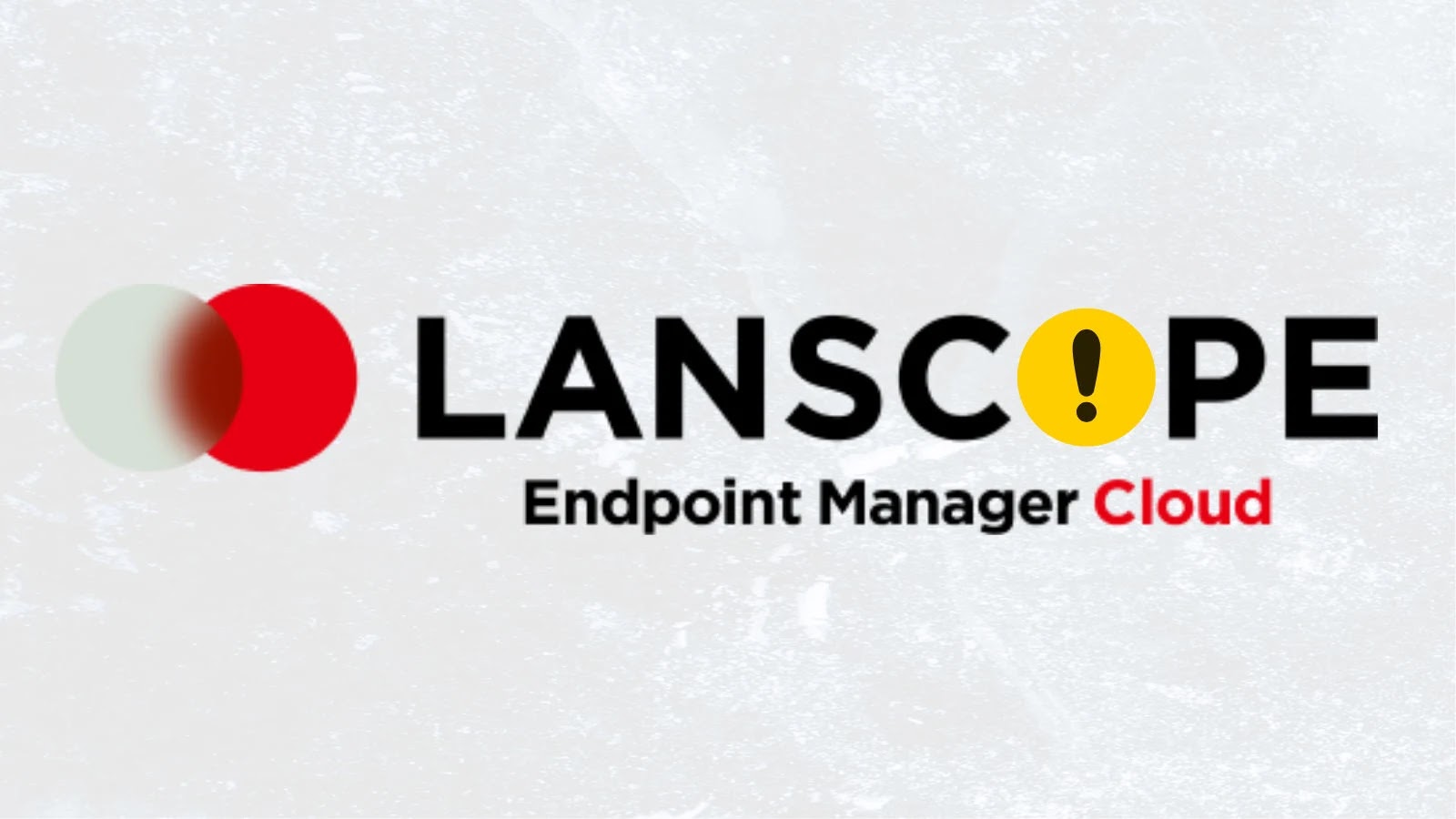
LANSCOPE Endpoint Manager Vulnerability Let Attackers Execute Remote Code
Critical RCE Vulnerability Discovered in LANSCOPE Endpoint Manager On-Premise Edition
Organizations worldwide face a constant barrage of cyber threats, many of which exploit vulnerabilities in essential IT infrastructure. A new, severe remote code execution (RCE) vulnerability has been disclosed in Motex’s LANSCOPE Endpoint Manager On-Premise Edition, posing an immediate and significant risk. This flaw, tracked as CVE-2025-61932, carries an emergency-level CVSS 3.0 score of 9.8, indicating its extreme severity and the urgent need for remediation.
Understanding CVE-2025-61932: A Deep Dive
The CVE-2025-61932 vulnerability directly impacts LANSCOPE Endpoint Manager On-Premise Edition. While specific technical details regarding the exploit vector are often withheld initially to prevent immediate weaponization, the CVSS score of 9.8 leaves no doubt about its potential impact. A score this high typically signifies a vulnerability that is exploitable remotely, does not require complex authentication, and can lead to complete compromise of the affected system.
Remote Code Execution (RCE) vulnerabilities are among the most critical threats a system can face. They allow an attacker to run arbitrary code on a target machine, effectively giving them full control. In the context of an Endpoint Manager, this could mean:
- Full Endpoint Compromise: An attacker could gain control over all endpoints managed by the vulnerable LANSCOPE system.
- Data Exfiltration: Sensitive data stored on managed devices or accessible through the Endpoint Manager could be stolen.
- Lateral Movement: The compromised Endpoint Manager could serve as a pivot point for attackers to move deeper into the corporate network.
- Malware Deployment: Attackers could deploy ransomware, backdoors, or other malicious software across the entire enterprise.
Implications for Organizations Using LANSCOPE Endpoint Manager
For organizations relying on LANSCOPE Endpoint Manager On-Premise Edition, this vulnerability represents an immediate and serious business risk. The potential for full compromise of endpoint devices could disrupt operations, lead to significant data breaches, and incur severe financial and reputational damage. Security teams must treat this as an emergency and prioritize mitigation efforts immediately.
Given the nature of an Endpoint Manager, which often has elevated privileges and broad access across an organization’s device fleet, a successful exploit could provide a highly effective path for attackers to gain a strong foothold and control over critical infrastructure.
Remediation Actions and Best Practices
Addressing CVE-2025-61932 requires swift and decisive action. Organizations should prioritize the following steps:
- Apply Patches Immediately: Monitor official communications from Motex for the release of security patches or hotfixes. Apply these as soon as they become available, following all vendor guidelines.
- Isolate and Segment: If patching is not immediately feasible, consider temporarily isolating or segmenting LANSCOPE Endpoint Manager infrastructure from critical network segments to limit potential attack surface.
- Review Network Access: Restrict network access to the LANSCOPE Endpoint Manager to only necessary administrative interfaces and trusted IP addresses. Implement strict firewall rules.
- Enhanced Monitoring: Increase vigilance for any unusual activity originating from or targeting the LANSCOPE Endpoint Manager. Look for unauthorized process execution, unusual network connections, or suspicious file modifications.
- Backup Critical Data: Ensure robust and up-to-date backups of all critical data associated with the LANSCOPE Endpoint Manager and managed endpoints.
- Incident Response Plan: Review and update your incident response plan to account for a potential compromise originating from your endpoint management solution.
Recommended Security Tools and Solutions
While awaiting official patches, various tools can aid in detection, scanning, and mitigation strategies:
| Tool Name | Purpose | Link |
|---|---|---|
| Vulnerability Scanners (e.g., Nessus, Qualys, OpenVAS) | Detect known vulnerabilities, including potential misconfigurations or unpatched software that could lead to RCE. | Nessus / Qualys VMDR / OpenVAS |
| Intrusion Detection/Prevention Systems (IDS/IPS) | Monitor network traffic for suspicious patterns and block known attack signatures leveraged in RCE exploits. | Snort / Suricata |
| Endpoint Detection and Response (EDR) Lösungen | Detect and respond to post-exploitation activities on endpoints, flagging anomalous process execution. | (Vendor-specific, e.g., CrowdStrike, SentinelOne) |
| Network Access Control (NAC) | Enforce policy compliance for devices connecting to the network, limiting unauthorized access to critical systems. | (Vendor-specific, e.g., Cisco ISE, Forescout) |
Conclusion
The disclosure of CVE-2025-61932 in LANSCOPE Endpoint Manager On-Premise Edition serves as a stark reminder of the continuous need for vigilance and proactive security measures. An RCE vulnerability of this magnitude demands immediate attention from all affected organizations. Prioritizing patching, strengthening network segmentation, and enhancing monitoring capabilities are essential steps to protect against potential exploitation and maintain the integrity of your endpoint infrastructure.





